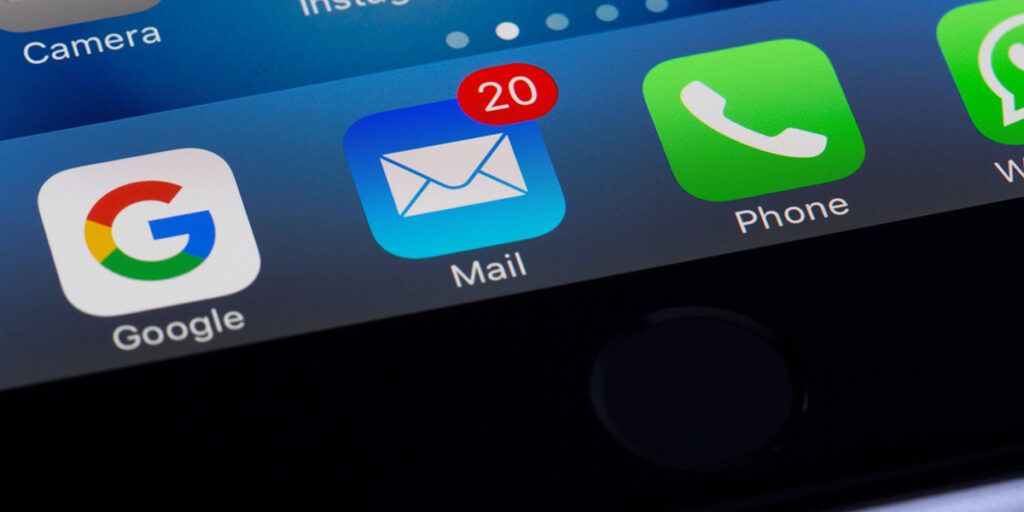
On June 9, at the Worldwide Developers Conference (WWDC), Apple announced a preview of the new privacy features that will allow users to better control their data and have more choice over who they share it with.
The Mail Privacy Protection that directly affects the Mail App has caused a stir among e-marketers, and not necessarily in a good way. When it comes into effect later this year, the tracking pixels otherwise known as “invisible pixels” that senders use to collect information about users will no longer work. The IP address of the user will be hidden in order to prevent it from being associated with their online activity, or being used to determine their location, so that it will not be possible to know when a user opens an email or not.
This new functionality will affect any email that users read on the Mail app, regardless of their email client.
How will this affect email marketing?
An interesting debate has been opened about the implications of these new features in terms of tracking and measuring the results of email marketing, even considering whether the future of email marketing is now in question.
The open rate has always been one of the most used metrics to determine the performance of a campaign, and even of a strategy itself. With the loss of the tracking pixel functionality, all emails sent to users who use the Mail app and have Mail Privacy Protection turned on will appear as opened, regardless of whether they have actually been opened or not. Consequently, an accurate open rate will no longer be able to obtained.
As a result of this situation, all those techniques that use the open rate to drive or determine an action will no longer be accurate. We would talk about a/b tests, for example of subject; live content emails (containing content such as countdowns, live match results, live poll results or maps); database segmentation based on this metric, and even automated or sequenced campaigns that work based on the open rate (these campaigns need to know when a user has opened an email to determine which email will be sent next). Campaigns with location specific content that is personalised in real time will also not work properly.
What can we do to address Mail Privacy Protection?
1- Make a deep analysis of the data we have stored
Take a good look at all the data you hold on your subscribers, especially those that will stop working properly when Apple’s new privacy protection policy comes into force. This exhaustive study will help you to make the appropriate adjustments, and will provide you with useful information.
2- Start to consider other representative metrics
As we mentioned, e-marketers have always considered the open rate to determine actions and evaluate the results of email marketing. However, there are other metrics that offer interesting insights to draw effective conclusions, for example:
• Rate of cancellations and spam complaints: Focus on always keeping this rate low, and minimising spam complaints as far as possible.
• Click through rate and conversion rate: both metrics offer a real picture of how an email marketing campaign is working, and what content is most interesting for users.
• Deliverability: Monitor your reputation, take advantage of tools like email validation to ensure the quality of your user list, and seek help when needed.
3- Make lists of users who use non-Apple email clients
Identify which devices your database uses, and build a list of subscribers using non-Apple email clients. By doing so, you will be able to use this segment to maintain a realistic picture of the open rate. You will be able to test issues or other elements that depend on the open rate, and draw conclusions that can be applied to other segments, or in general.
For example, we could send a campaign with live content to a list of users who are not Apple email clients, and create a differentiated version (without live content) of the same campaign for those users who do use the Apple Mail App.
4- Monitor deliverability more than ever
Due to the impact of engagement tracking and user inactivity management, deliverability rates are likely to decrease slightly over time due to this Apple change. Dedicate effort to monitoring the deliverability of your campaigns, or leave this task in the hands of experts.




